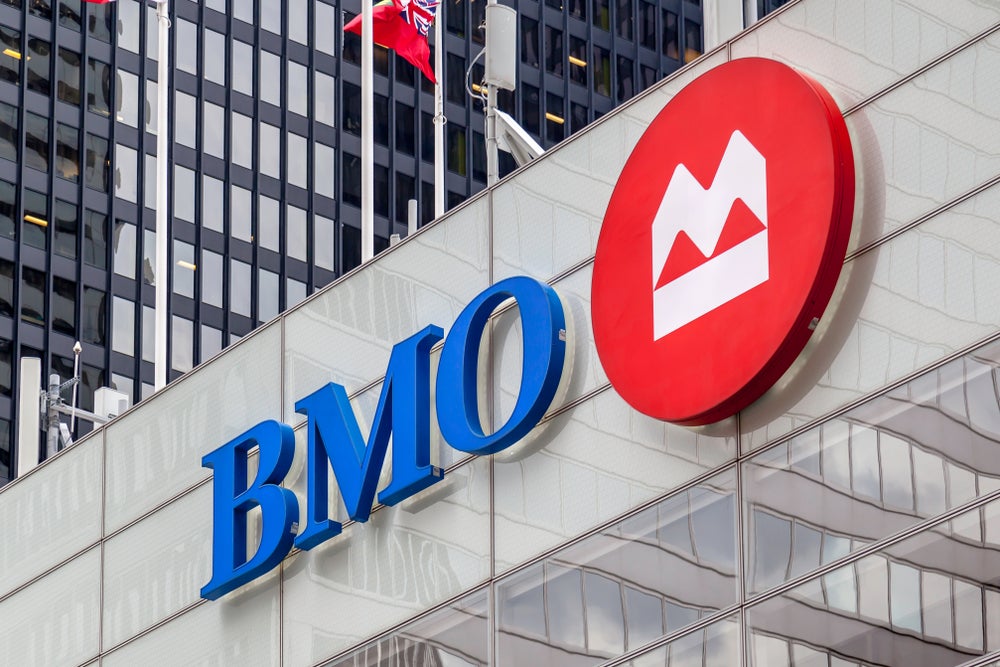Douglas Blakey talks to Jasna Terzic, director of retail
banking at Erste Bank Serbia. While the bank has signalled it
expects a slowdown in loan growth, it has reported record earnings
for the year to date, increasing its loans and advances by almost a
quarter.
Despite a marked deterioration in sentiment towards
Central and Eastern Europe (CEE) in recent weeks, the region’s
second-largest bank by assets, Austrian-headquartered Erste, has
reported continued solid growth in the third quarter, helped mainly
by loans expansion in its core CEE markets.
 Reporting on 30
Reporting on 30
October, Erste said that third-quarter net profit trebled to €826.4
million ($1.1 billion) compared to a year ago (€271.9 million),
boosted by a €601.8 million gain from the sale of its insurance
business; excluding the one-off gain, the bank posted net profit
down 17 percent at €226.3 million, just ahead of analysts
estimates, as loan loss provisions more than doubled.
In a bullish exchange with analysts, the bank’s chief executive
Andreas Treichl said he expects Erste to post its best annual
results, with full-year profits up by around 15 percent compared
with 2007, despite expected write-downs arising from a €300 million
debt exposure to Icelandic banks.
Group-wide, Erste’s retail operations serve over 16 million
customers via almost 3,000 branches in Austria, Czech Republic,
Slovakia, Romania, Hungary, Croatia and Ukraine. In Serbia, one of
the most challenging countries in which Erste operates, the bank’s
local subsidiary continued its trend of rapid growth and improved
results for the quarter.
How well do you really know your competitors?
Access the most comprehensive Company Profiles on the market, powered by GlobalData. Save hours of research. Gain competitive edge.

Thank you!
Your download email will arrive shortly
Not ready to buy yet? Download a free sample
We are confident about the unique quality of our Company Profiles. However, we want you to make the most beneficial decision for your business, so we offer a free sample that you can download by submitting the below form
By GlobalData“It is difficult to assess all the consequences of the
international crisis but the impact on Serbia is offset by strong
progress in the domestic economy, as well as a high level of
liquidity and capitalisation in the domestic financial sector,”
said Jasna Terzic, executive director at Erste Serbia, whose
responsibilities include retail banking and marketing, in an
interview with RBI.
Significant increases in loans, deposits
Erste’s Serbian arm posted net interest income for the
year-to-date up by more than 100 percent, to €24.1 million compared
with €11.5 million in the first three quarters of 2007. This was
due largely to significant increases in retail loans and deposits,
up by almost 24 percent compared with the previous year, higher
loans and advances to credit institutions and a rise in the Serbian
central bank’s base rate.
 Profit before tax for the first three quarters
Profit before tax for the first three quarters
amounted to €6.7 million compared with a loss of €2.5 million for
the same period last year (see table).
According to Terzic, the election earlier this year of a
pro-European Union government in Serbia means the “political risks
in Serbia are significantly diminished.” She argued this will
enhance Serbia’s business climate, making it more attractive to
foreign investors.
GDP growth in Serbia has been among the highest in the region
and, while a slowdown is expected, Erste analysts forecast GDP
growth in 2008 at 6.8 percent, with 2009 and 2010 forecast at 7
percent – “which would be the highest in the region,” said
Terzic.
Erste has been present in Serbia since 2005 when it purchased a
controlling interest in Novosadska banka, the oldest financial
institution in the country, established in 1864 as Novosadska
štedionica. Since December 2005 it has operated in Serbia as Erste
Bank ad Novi Sad, with a focus on retail banking. It currently has
62 retail branches, 13 centres for corporate business over 950
employees, and 200,000 clients.
“We are a universal bank, with a particular retail focus,”
Terzic added. “We consider our branch network to be the main
distribution channel going forward and we are aiming to expand this
to approximately 100 branches by the end of 2010.”
Already this year, Terzic has reported significant progress in
the cards sector with total credit and debit cards issued by the
bank on 30 September 2008 exceeding 190,000, up 20 percent compared
with the end of 2007.
Visa Gold and Visa Business credit cards have been added to
Erste’s cards portfolio this year and are expected to further boost
cards sector growth, while last year Erste was the first bank in
the Serbian market to offer prepaid gift cards.
“Our total assets market share is currently 2.6 percent and in
retail business our share has recently exceeded 3 percent,” she
says. “We aim to reach a market share of 4 percent to 5 percent by
2010 in core products such as mortgages, car loans and cards.”
Most successful segment
Strong growth of customer loans, which almost doubled in 2007,
has been maintained in 2008, with customer loans and advances up by
almost 24 percent in the first nine months of the year.
But the most successful segment of Erste’s local business in
terms of market share is its online offering, with a market share
of 8 percent. Already this year the number of regular internet and
phone banking users is up by almost 40 percent to 32,000 users.
“We will constantly develop alternative distribution channels
with a special focus on internet banking, establish co-operation
with agents and put efforts in on-the-spot selling of products, in
order to make them as broadly available to clients as possible,”
Terzic said.
She added, the bank is currently focused on broadening the
bank’s appeal to a wider audience, in particular the mass affluent
sector as well as targeting children and students, for whom Erste
has developed dedicated products.
“In mid-2007 we launched an outstanding product, the children
savings account, to re-establish the value of a responsible
relationship towards money and future planning,” Terzic said.
“We consider this to be a particularly important future client
base we need to steadily grow.”
 Looking ahead, Terzic argues the restrictive policy
Looking ahead, Terzic argues the restrictive policy
of the Serbian central bank, designed to tackle inflation, will
make it harder for the banking sector to increase sales.
“On the other hand, particularly in current times, playing it
safe does help and we also advise our clients to borrow in a
responsible manner,” she told RBI.
But while the central bank’s credit growth-moderating measures
are gradually affecting credit activity, especially in the
household segment “the wider population of retail customers are
still looking for fundamental things – house, car, household
appliances, as well as cash, so there we see room for further loan
growth”.
While current marketing efforts are designed to “develop a wider
relationship with each individual client, rather than merely
focusing on the number of clients,” or boost cross-sell statistics,
“until the end of the year savings is our focus in marketing
activities.”
In the run up to World Savings Day in November, the bank has
been offering an enhanced deposit rate of up to 8.5 percent on
savings (see ad image, right).
Strategy: Erste takes €2.7bn in aid from Austrian
government
Release of Erste’s third-quarter results on 30 October coincided
with news it had agreed a €2.7 billion ($3.5 billion) capital
injection from the Austrian government to beef up its balance
sheet, raising the bank’s core Tier 1 capital ratio to above 10
percent, from 7 percent at the end of 2007.
“We have a fundamentally sound position and are taking this step
to better equip Erste Bank to cope with a tougher economic
outlook,” said Erste chief executive Andreas Treichl.
“It is better to dress up warmly in the crisis rather than
finding yourself in a situation where you have to deny credit to
good customers.”
Group wide, Erste maintained its reputation as a deposits-rich
savings bank, increasing its group wide net interest margin from
2.33 percent a year ago to 2.77 percent at the end of the third
quarter and up 15 basis points compared with the second
quarter.
In the third quarter, deposits increased 13 percent
year-on-year, resulting in a loan to deposit ratio of 110 percent.
The Austrian government’s “participation capital” scheme takes the
form of registered, non-voting securities, paying an interest rate
of 8 percent and redeemable after five years at the earliest.
The securities could be converted into shares at the bank’s
discretion but, said Treichl “it won’t come to that”.
Analyst and investor reaction was positive, regarding the terms
and conditions of the capital raising as favourable, with Erste’s
share price rising by almost 20 percent on the day.
Looking at the Central and Eastern Europe region as a whole,
Treichl said Erste would be significantly more cautious in its
lending policies going forward and forecast “a quite substantial
slowdown in loan growth.”
Treichl also said the bank would stop offering loans to Eastern
Europe customers in foreign currencies.
“The foreign currency loan level in the region has to be
reduced. We have to try to convert loans into local currencies,’’
he added.






